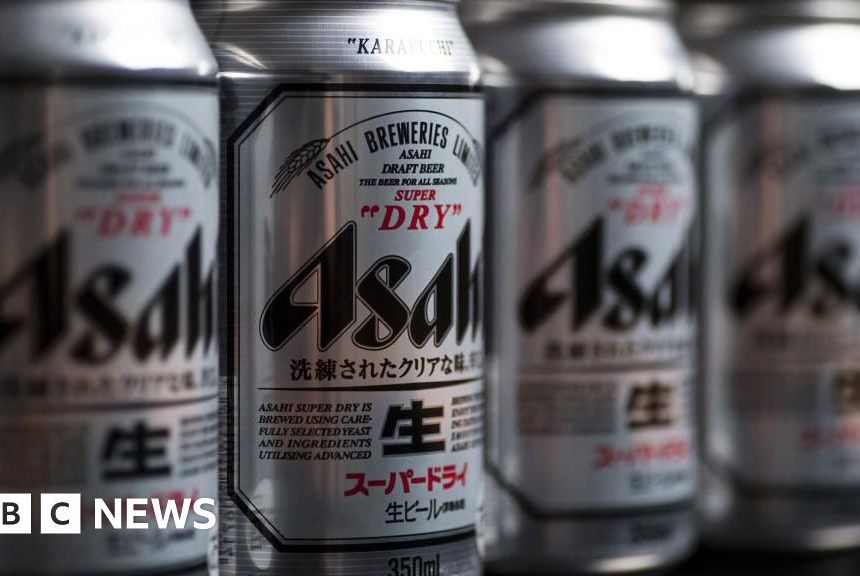22 October, 2025
0 Comments
0 categories
The Chinese government’s recent announcement of more export controls on rare earth-related items marks a significant shift in global economic statecraft. The new measures, covering a spectrum of rare earth elements, other critical materials and relevant processing technologies, have been justified as measures to safeguard national security and fulfil non-proliferation obligations.
The controls aim to deny the use of the materials in foreign military systems, linking China’s mines directly to the heart of Western military technological superiority.
This could be seen as a robust policy response to the challenges posed by the United States’ own tariffs and technology restrictions. By openly targeting the military supply chain, Beijing has moved beyond trade disputes and issued a strategic challenge that the US and its allies cannot accept, ensuring a contest between evasion and enforcement.
China is attempting to project its regulatory power beyond its borders in a manner reminiscent of the US. However, it faces a steep learning curve; it has limited experience, tools and institutional muscle to make these controls bite.
The scope of the new controls is far-reaching. The listed items are not mere raw materials but include metals, alloys, target materials and permanent magnets critical for advanced technologies. Their military applications are decisive. From high-performance magnets in the F-35 fighter jet to radar systems, these rare earth elements are the lifeblood of modern warfare. The US Department of Defence had to delay F-35 deliveries, likely because many parts require Chinese-supplied rare earths, highlighting a profound dependency.
This reliance is structural: the US has depended on China for about 70 per cent of its rare earth imports. It lacks the domestic capacity to process heavy rare earths, meaning even ore mined in the US must be sent to China for separation. It is precisely this dependency that China’s ban on military use seeks to exploit.



